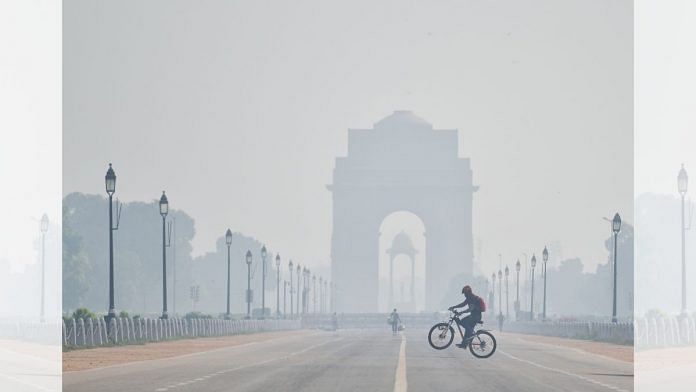New Delhi: Exposure to air pollutants is a significant risk factor behind heart diseases among older Indians, a study by the Indian Institute of Technology (IIT), Mandi, has found.
The study, conducted on Indians 45 years and above, found environmental exposure also behind the occurrence and progression of cardio-vascular diseases (CVDs).
A major section of India stays in rural areas and uses unclean fuels for cooking and other purposes, which exposes them to harmful smoke. Second-hand smoke exposure, commonly referred to as passive smoking, is believed to have similar cardiovascular effects and risks to active smoking.
CVDs are a leading cause of mortality worldwide, and claim the lives of around 17.9 million people annually.
The study gathered data from more than 59,000 individuals aged 45 and above in both rural and urban sectors and arrived at the predominant risk factors for the disease.
The research has been published in the journal Current Problems in Cardiology in a paper co-authored by Ramna Thakur, Associate Professor, School of Humanities and Social Sciences, IIT Mandi, and her research scholars Gayathri and Sujata.
Ramna Thakur said, “There are several traditional risk factors for CVDs, including high systolic blood pressure, low HDL cholesterol, obesity, unhealthy food, poor nutritional status, age, family history, physical inactivity, smoking, and alcohol consumption. Additionally, exposure to air pollutants is another significant risk factor.”
She added that her team aimed to categorise these risk factors into different groups and determine the exclusive individual effect of each group on CVD prevalence among adults above 45 in India.
The research team utilised data from the Longitudinal Ageing Study in India (LASI), a nationally representative longitudinal survey of 73,396 individuals aged 18 and
above — covering all Indian states and Union Territories.
The data was collected from wave 1 of the study launched under the aegis of the Ministry of Health and Family Welfare, with the International Institute for Population
Sciences (IIPS), Mumbai, as the nodal agency.
The study also identified behavioural risk factors, such as physical inactivity, which can lead to CVDs. It showed that the effects of physiological factors, which include diabetes, high cholesterol, depression, and being overweight or obese, were particularly consequential. Add to that sedentary lifestyle of people, fast-food culture, and urbanisation.
To reduce indoor air pollution and safeguard public health, the research recommends promoting the use of cleaner technology such as liquified petroleum gas, solar, electricity, and biogas.
Engaging in light to moderate exercise in middle or older age considerably reduces risk of heart disease and overall mortality. Risk-awareness programmes associated with alcohol and tobacco use could also be an effective method to curb their use and reduce the
probability of getting diagnosed with CVDs, it said.
Also read: Critical for India, Bangladesh, Nepal & Pakistan to work together to cut pollution, World Bank says



